Last updated: October 27, 2021
Article
The Whiskey Rebellion: A Political Opinion Quiz
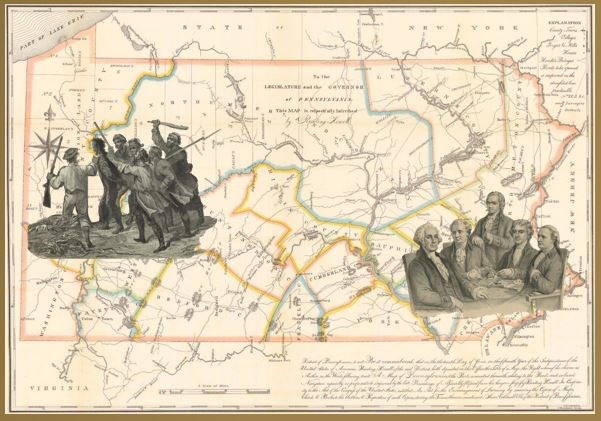
In 1794 the Whiskey Rebellion threatened the young United States. Farmers rioted over a federal tax on whiskey. Albert Gallatin, a young politician and entrepreneur, was one of the men who worked to find a peaceful solution to the conflict.
Gallatin was living in his home, Friendship Hill, located in Fayette County Pennsylvania. The rebellion centered on four counties in western Pennsylvania, including Fayette. At the time the new federal government of the United States of America was located across the state in Philadelphia. Both the rebels and the federalists in the new government had economic and ideological reasons to act as they did. Pennsylvania was divided by mountains, and the politics and environment were very different in the eastern and the western parts of the state, leading to strife.
As a fun way to learn about this conflict you can take the Whiskey Rebellion: A Political Opinion Quiz. Through nine questions you will determine whether your opinion would have been like the rebels’, federalists’ or moderates’ outlook.
Click here to skip to question 1.
Background History
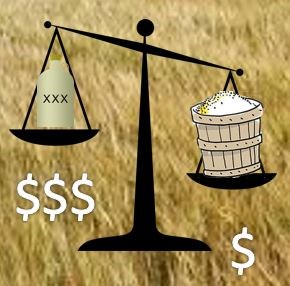
In the 1790s there were no good roads across the Appalachian Mountains making them a barrier to transportation. Ninety-six percent of the population lived east of the mountains. Most of the westerners were poor farmers and it was economical for them to distill the grain they grew into whiskey. The whiskey was worth more money than the grain, it weighed less (which was helpful when transporting it to market), it took up less room and it didn’t spoil.
The United States under the Constitution was only a few years old. The federal government wanted to pay back the $25 million in debt the states owed for fighting the American Revolution. The state debt would become part of the federal debt and it would be up to the federal government to repay it. The Secretary of the Treasury, Alexander Hamilton, drafted a bill to tax distilled spirits, commonly called the whiskey tax. There was heated debate, with virtually all the representatives of frontier districts opposing it, however, the bill passed into in March of 1791.
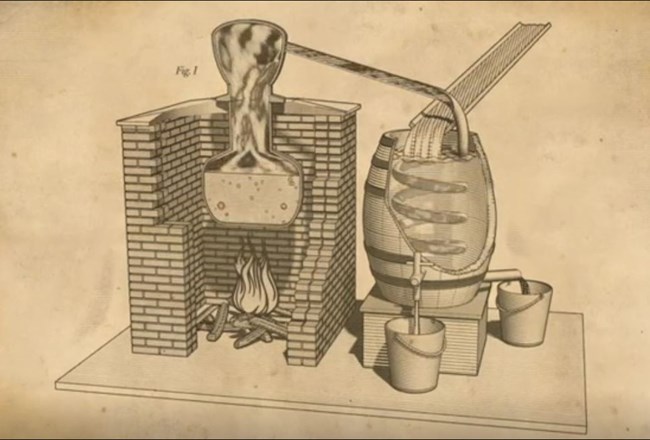
The tax was written in such a way that large distillers paid less tax than small stills operated by famers. Stills had to be registered, and not registering a still carried a very high fine.
The tax had to be paid in cash as soon as the whiskey was distilled. Inspectors were to visit the still, collect the tax, then mark the product and issue a certificate. The law also stated that people who violated it would be prosecuted in federal court.
The Players
The Rebels
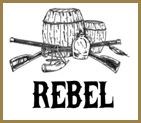
The tax was very divisive. Some frontiersmen west of the Appalachian Mountains would rebel over it. They were called the “whiskey boys” or the rebels. The men who became rebels were almost entirely disgruntled, poor farmers or landless workers. Most didn’t have a cow or a horse, and many didn’t own a firearm.
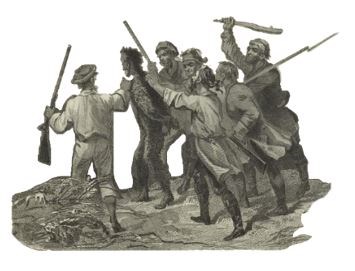
The rebels had several grievances. Money was very scarce, so western Pennsylvanians used whiskey as a type of payment in exchange for goods and services. It was an integral part of their economy. Families used and consumed much of the whiskey they produced. However, since it wasn’t sold, the tax couldn’t be passed onto the consumer and put an undue burden on the farmer. Bartering whiskey also left the farmers without any cash to pay the tax.
The closest federal court, where distiller would be prosecuted for not paying the whiskey tax, was a five-day ride away in Philadelphia, PA. Farmers who violated the law would have to be away from home and work for weeks, and finance that trip as well. Rebels believed it would lead to certain ruin.
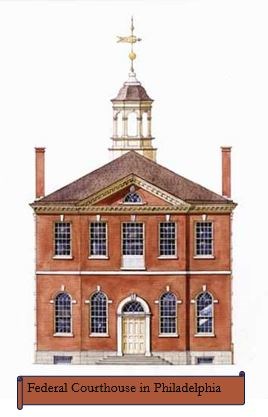
(National Park Service)
Other reasons the tax upset the rebels included that whiskey was the only product that was taxed, Western Pennsylvania manufactured twenty-five percent of all the whiskey distilled in the United States and the tax put an undue burden on one region, and the higher tax rate for the small distillers put them at a disadvantage.
The rebels felt the distant federal government didn’t care about them or how this tax would devastate the region. They wondered why the government didn’t enact other taxes, such as a land tax, which would shift the burden onto the eastern speculators who held large amounts of land. Ideologically, they dreamed of a land where smaller farmers, laborers and artisans could prosper; without big banks, absent landowners and a meddling central government.
The Federalists
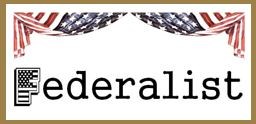
Supporters of the federal government were called federalists. These people wanted to see the young federal government succeed. They saw the whiskey tax as an important way to raise money that the new government needed to thrive. To them the rebels’ refusal to obey the law and pay the tax was a major threat to the union.
George Washington had been president of United States for two years when the tax passed. His Secretary of the Treasury, Hamilton, wrote the whiskey tax legislation and advocated for it as the way to repay the states’ war debt.
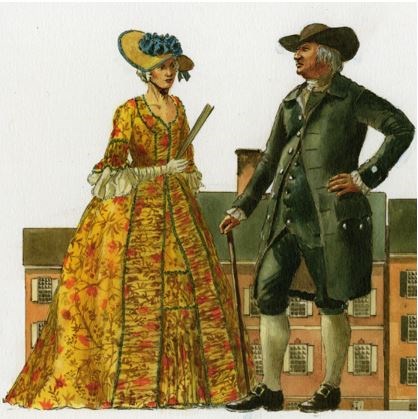
(National Park Service)
Unmindful of the hardship the tax caused the western farmers, the federalists believed whiskey was a luxury people could live without. Hamilton argued that the producers would pass the cost on to the consumers, so the consumers paid the tax. He also didn’t believe there was a scarcity of cash and that the farmers were unable to pay the tax.
Two alternative taxes had opponents. Powerful and wealthy landowners didn’t want a land tax. Likewise, affluent merchants did not support an increase to the import duties.
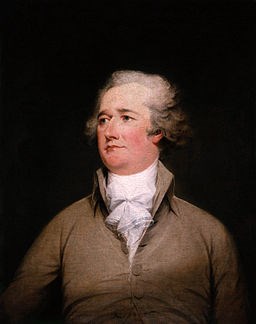
Hamilton said the tax would be collected everywhere and he was not against using force. John Neville, the tax inspector for western Pennsylvania and the man supervising the region’s tax collectors, was powerful and wealthy. His uncompromising insistence on compliance provoked violence.
The federalists envisioned a country where the wealthy supported industrialization and spurred economic growth. A land where the United States credit was trusted, so the nation could grow. They believed in a strong central government.
The Moderates
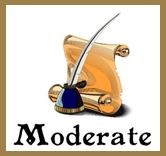
The moderates were people who understood both sides and wanted to use peaceful means to come to a fair solution to the conflict.
Most of the moderates lived west of the mountains. They were wealthier and more educated than most of the farmers that lived around them. They saw the injustice of the whiskey tax and sought to correct it.
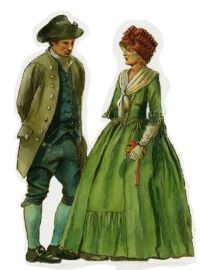
(National Park Service)
It was difficult being a moderate. While meeting with the rebels they tried to show them they understood their plight. However, since the moderates didn’t condone violence or breaking the law the whiskey boys often accused them of being federalists. At the same time, federalists, like President Washington and Secretary Hamilton, knew that the moderates attended meetings with the rebel farmers, and were mistakenly convinced the moderates were leading the rebellion. The federalists saw the moderates as the fomenters of insurrection, not the mediators of it.
